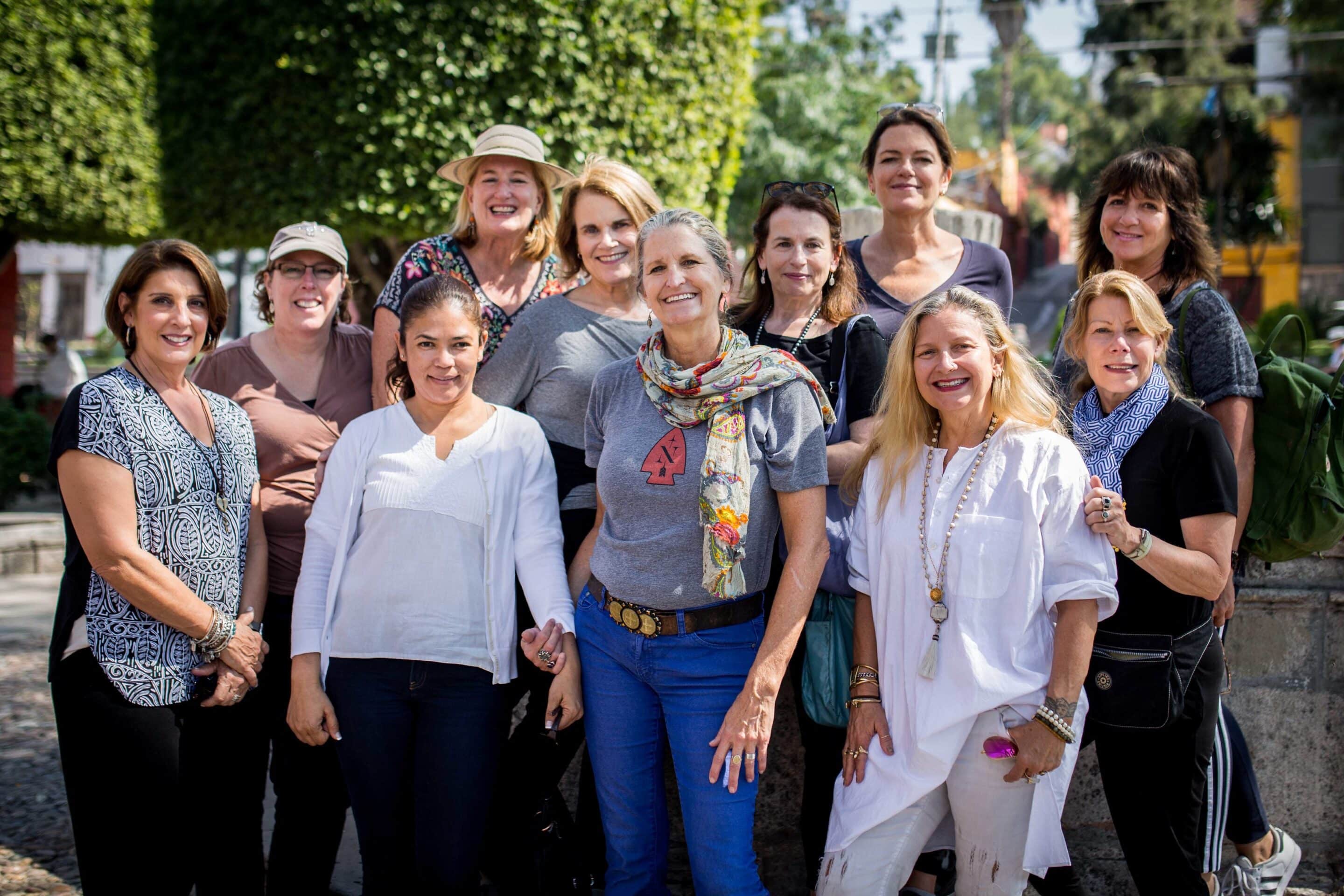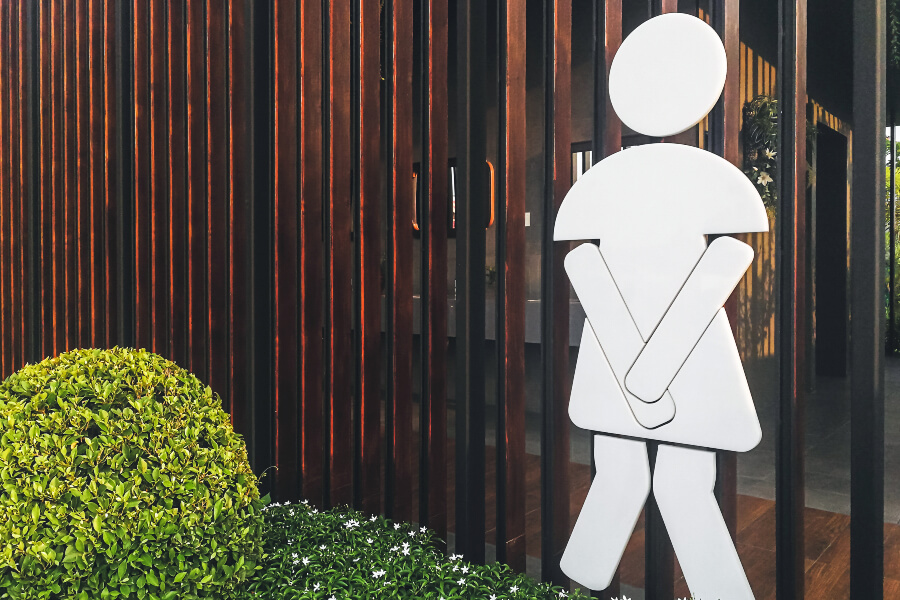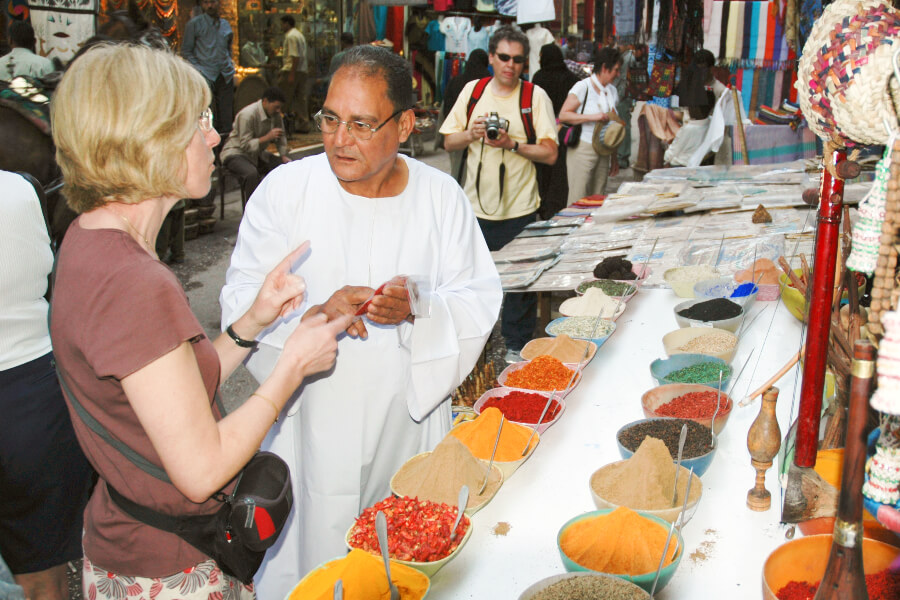¬¬¬¬¬¬Final Barbie for NextTribe/November 24, 2021
To Barbie–or Not to Barbie
When the little girl in your life asks you for one of these impossibly perfect fashion dolls, what’s your next best move?
by Susan Lapinski susaninmaine@hotmail.com
I was a tomboy in sneakers when I got my first Barbie doll at age 11. She was the original Barbie launched by Mattel Toys, a sleek brunette in a zebra-striped swimsuit and stilettos. But what was she doing in high heels if she was heading for the beach? I would have been so much happier if she’d had flat feet instead of arched and pointy ones. Then my Barbie could have worn water shoes or slip-ons or sneakers, just like me.
Because I was not a girly-girl growing up, I think I was a little less likely to fall under Barbie’s spell. Call it fledgling feminism. My first Barbie doll turned out to be my last.
By the time I became the mama of two daughters, Jess and Susannah, Mattel seemed to be doing all it could to make Barbie irresistible. My daughters’ little friends were busy acquiring multiple Barbies with extensive wardrobes. What was a parent to do? My late husband Michael and I could have banned Barbie from our family’s playroom. But would that have only turned Barbie into forbidden fruit? Our daughters grew up with several Barbie dolls apiece, and even a secondhand Barbie dreamhouse with a swimming pool and fleet of fun vehicles.
When Susannah went away to college, she took a women’s studies course with a dim view of Barbie’s model thinness and unattainable beauty. Now 38, she and her husband Rob live in the Midwest with their 5-year-old daughter Lily.
But it wasn’t Rob or Susannah or Santa who gave Lily her first Barbie. It was a rock-star Barbie, given by Rob’s guitar-playing dad.
A similar thing played out when Jess and partner Stef, who live in New York City, had their first daughter, Stella. Even before she was born, Stella got the gift of her first Barbie, dressed as an architect, from a family friend who owned her own architectural firm at a time when few women did.
These days Stella, now 9, has a little sister, 2-year-old Fiona, to share her growing collection of Barbies with. It seems that one way or another, Barbie has found her way into three generations of our family’s playtimes. So when Susannah’s daughter Lily asked me for a new Barbie doll last summer, I didn’t buck the tide.
I began by taking a good hard look at Lily’s rock-star Barbie. She was blazingly blonde and only a little less model-thin than my Barbie had once been. And her feet were made for walking in high-heeled boots, although I was glad to see that some Barbies now have feet that are flat enough to wear sneakers.
Every day, Lily plays with dollies that are black, brown, yellow and white, and now there are Barbies in a range of skin tones. Ethnic Barbies, launched by Mattel to mirror more of America’s little girls, include Hawaiian, African-American, Latina and Asian. There are Barbies in wheelchairs now too.
Still another big change: Mattel has created a long new line of Barbies dressed to succeed in 170 different career fields. “Pick one profession or try them all, because when a girl plays with Barbie, she imagines everything she can become,” goes the pitch.
But my granddaughters seem perfectly capable of imagining their own futures, thank you. On a visit to a nearby farm to feed the baby goats, Lily delighted the resident woman farmer by declaring, ““When I grow up I want to be like you!”
So naturally my next move was to google Barbie the Farmer, to see if there was one. And sure enough, there was. A redhead for a change, dressed in flat-heeled red boots, pink t-shirt and denim shorts. Also included were some irresistible little accessories: chickens, chicks, eggs and a tray and basket for collecting the eggs.
Still, something held me back from buying Barbie the Chicken Farmer right on the spot. What was the point of pitching Lily on what job she might want for herself, 20 years down the road? That was Mattel’s game plan, not mine.
They wanted me to think that if I bought my granddaughter a Barbie Astronaut doll, she might get a head start on a starry future. Or if I chose the Barbie for President doll, Lily could win that elusive prize, becoming the first woman in the Oval Office. But no. I stopped clicking through all those online Barbies and started thinking about Lily’s life right now: What she’s learning from, and laughing about, as a curious, loving and lovable five-year-old.
I thought about Chewy, the yellow mutt her family rescued from a shelter when he was an overly rambunctious pup. Lily still pulls Chewy’s tail on occasion, despite her parents’ frequent reminders not to. But more often, she gently rests her little cheek on his golden fur. Already she’s filling his water dish and tossing him his rawhide toy. Could taking on even more of Chewy’s care be far behind?
Online I found Barbie Play ‘n’ Wash Pets Doll. Perfect! Susannah seconded my notion that Lily would love the little pets, water bowls and play foods that completed the set. “For Lily, it’s less about the doll and more about the accessories,” Susannah says.
Her sister Jess makes the point that whatever Mattel may try to pitch us, the little girls in our lives are capable of figuring out their own response, just as I once did. “I trust my daughters to separate truth from fiction,” says Jess. “Just the way that male super heroes have ridiculously big muscles, Barbie’s proportions don’t have to be taken literally. At the same time, I understand the challenge and importance of a healthy body image for girls. We work really hard in our family to foster that in other ways.”
Susan Lapinski is the former editor of Sesame Street Parents and Working Mother magazines. She’s also a writer, working on a book of essays about her favorite lake in Down East Maine.
look at Lily’s rock-star Barbie. She was blazingly blonde and only a little less model-thin than my Barbie had once been. And her feet were made for walking in high-heeled boots, although I was glad to see that some Barbies now have feet that are flat enough to wear sneakers.
Every day, Lily plays with dollies that are black, brown, yellow and white, and now there are Barbies in a range of skin tones. Ethnic Barbies, launched by Mattel to mirror more of America’s little girls, include Hawaiian, African-American, Latina and Asian. There are Barbies in wheelchairs now too.
Still another big change: Mattel has created a long new line of Barbies dressed to succeed in 170 different career fields. “Pick one profession or try them all, because when a girl plays with Barbie, she imagines everything she can become,” goes the pitch.
But my granddaughters seem perfectly capable of imagining their own futures, thank you. On a visit to a nearby farm to feed the baby goats, Lily delighted the resident woman farmer by declaring, ““When I grow up I want to be like you!”
So naturally my next move was to google Barbie the Farmer, to see if there was one. And sure enough, there was. A redhead for a change, dressed in flat-heeled red boots, pink t-shirt and denim shorts. Also included were some irresistible little accessories: chickens, chicks, eggs and a tray and basket for collecting the eggs.
Still, something held me back from buying Barbie the Chicken Farmer right on the spot. What was the point of pitching Lily on what job she might want for herself, 20 years down the road? That was Mattel’s game plan, not mine.
They wanted me to think that if I bought my granddaughter a Barbie Astronaut doll, she might get a head start on a starry future. Or if I chose the Barbie for President doll, Lily could win that elusive prize, becoming the first woman in the Oval Office. But no. I stopped clicking through all those online Barbies and started thinking about Lily’s life right now: What she’s learning from, and laughing about, as a curious, loving and lovable five-year-old.
I thought about Chewy, the yellow mutt her family rescued from a shelter when he was an overly rambunctious pup. Lily still pulls Chewy’s tail on occasion, despite her parents’ frequent reminders not to. But more often, she gently rests her little cheek on his golden fur. Already she’s filling his water dish and tossing him his rawhide toy. Could taking on even more of Chewy’s care be far behind?
Online I found Barbie Play ‘n’ Wash Pets Doll. Perfect! Susannah seconded my notion that Lily would love the little pets, water bowls and play foods that completed the set. “For Lily, it’s less about the doll and more about the accessories,” Susannah says.
Her sister Jess makes the point that whatever Mattel may try to pitch us, the little girls in our lives are capable of figuring out their own response, just as I once did. “I trust my daughters to separate truth from fiction,” says Jess. “Just the way that male super heroes have ridiculously big muscles, Barbie’s proportions don’t have to be taken literally. At the same time, I understand the challenge and importance of a healthy body image for girls. We work really hard in our family to foster that in other ways.”
Susan Lapinski is the former editor of Sesame Street Parents and Working Mother magazines. She’s also a writer, working on a book of essays about her favorite lake in Down East Maine.





















0 Comments